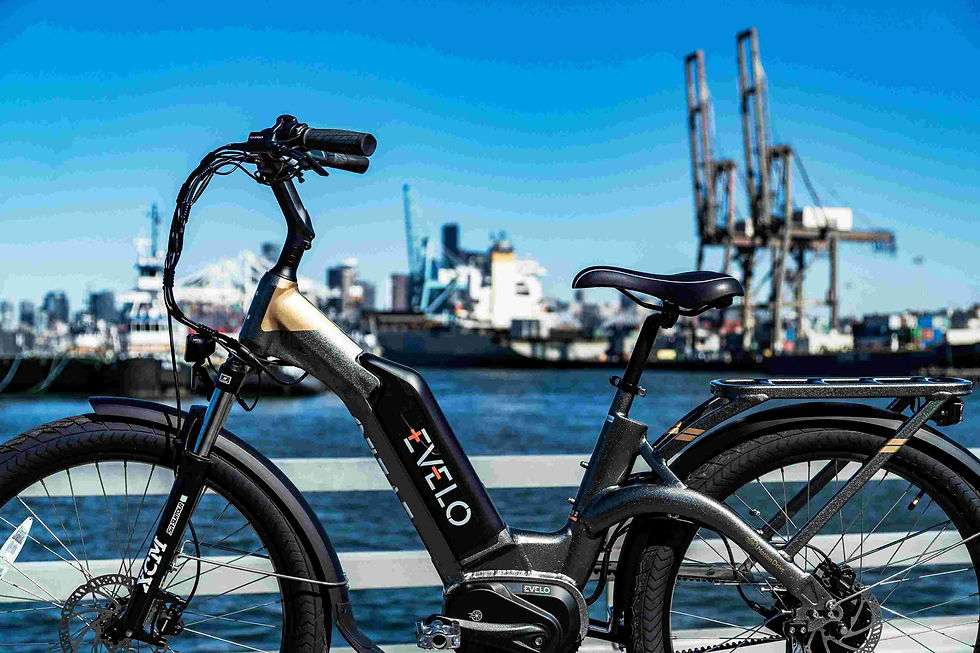Guide to Home Use Fire Extinguishers for Lithium Battery Safety
- Fire Products Direct

- Sep 12, 2025
- 4 min read
Tips for Choosing Home Fire Extinguishers for Lithium Battery Risks
Lithium-ion batteries power our everyday lives. From smartphones, laptops, and tablets to e-bikes, solar storage systems, and electric vehicles (EVs), these compact energy sources are everywhere. While highly efficient, they also pose a unique fire risk. Lithium battery fires burn at extremely high temperatures, release toxic fumes, and can reignite even after being doused.
For households, having the right fire extinguisher is crucial. Traditional extinguishers, like ABE dry powder or CO2 units, are not proven effective for lithium-ion fires and can even create secondary hazards. Instead, new technologies such as F-500 Encapsulator Agent extinguishers and Aqueous Vermiculite Dispersion (AVD) extinguishers are specifically designed to address this threat.
We’ll explore the best fire extinguishers for lithium battery fires at home, their working principles, key safety tips, and what to consider before making a purchase.

Why Lithium Battery Fires Are Different
Unlike ordinary combustibles, lithium-ion fires are triggered by a phenomenon known as thermal runaway. This occurs when:
The battery overheats due to overcharging, damage, or manufacturing defects.
The electrolyte ignites, releasing flammable gases.
Neighbouring cells ignite in a chain reaction, making the fire extremely difficult to control.
What makes these fires especially dangerous is that they can reignite even after cooling. This is why choosing the correct extinguisher is so important.
Why Standard Fire Extinguishers Don’t Work
Many households rely on ABE/DCP dry chemical or CO2 extinguishers. While effective for general household fires, they fall short for lithium-ion blazes:
Dry chemical extinguishers (ABE/DCP): Can temporarily suppress flames but don’t penetrate burning cells, allowing reignition.
CO2 extinguishers: Displace oxygen, but don’t cool the fire enough. The heat can reignite the reaction after the gas dissipates.
Water-only extinguishers: Risk of creating violent reactions, steam explosions, or spreading burning electrolyte.
In short, Conventional extinguishers are not suitable for lithium battery fires.
F-500 Encapsulator Agent Fire Extinguishers
The F-500 encapsulator agent is one of the most effective solutions for lithium-ion fires in home use.
How F-500 Works
F-500 is a water-based solution combined with an encapsulator agent that:
Rapidly cools burning cells below ignition temperature.
Encapsulates flammable particles, cutting off fuel supply.
Interrupts the chemical chain reaction, stopping thermal runaway.
Prevents reignition, unlike dry chemical or CO2.
This technology has been tested extensively on EVs, solar batteries, and household electronics, proving its effectiveness worldwide.
Key Benefits of F-500 Extinguishers
Non-toxic, non-corrosive, and biodegradable – safe for home use.
Effective on multiple fire types, including lithium-ion, plastics, and electrical fires.
Easy cleanup compared to dry powder extinguishers.
Sizes of F-500 Extinguishers for Home Use
When selecting an extinguisher for home safety, size matters. The two most practical options are:
4-Litre F-500 Extinguisher: Compact, easy to store, ideal for general household electronics like laptops, e-bikes, and small solar batteries.
9-Litre F-500 Extinguisher: Larger capacity, suitable for homes with solar battery storage, EV chargers, or multiple high-capacity lithium batteries.
Having one accessible near charging or storage areas can make the difference in an emergency.
Certification and Standards
Always ensure your extinguisher meets recognised safety certifications. In Australia, look for compliance with:
AS/NZS 1841.2 Standard – Certification for water-based extinguishers with additives.
Equivalent certifications in your country ensure the unit has been tested for lithium-ion fires.
Without certification, you cannot guarantee reliability in a real emergency.

Safety Tips for Using Fire Extinguishers on Lithium Battery Fires
Even with the right extinguisher, safety comes first. Here are key precautions:
Do Not Use Water Alone – Always use an agent designed for lithium-ion fires.
Evacuate First – If you see swelling, smoke, hissing, or sparks, evacuate, close doors, and call emergency services.
Only Attempt if Safe – Extinguish only small, contained fires where you can quickly retreat if needed.
Wear Protection if Possible – Battery fires release toxic gases; a mask or respirator adds safety.
Have Multiple Units – Place extinguishers near charging stations, garages, and solar battery areas.
Safe Charging and Storage Habits
Prevention is always better than firefighting. Reduce risks with smart charging practices:
Charge on hard, non-flammable surfaces – Never on couches, beds, or carpets.
Avoid overnight charging when unattended.
Use certified chargers only – Avoid cheap or counterfeit products.
Inspect batteries regularly for swelling, damage, or leaks.
Store spare batteries safely in cool, dry areas away from direct sunlight.

Where to Place Extinguishers at Home
For maximum protection, keep extinguishers in areas where lithium batteries are most commonly stored or charged:
Garage – For e-bikes, scooters, power tools, and EV charging.
Living room/office – For laptops, tablets, and home electronics.
Solar storage area – If you have a home solar battery system.
Ensure they are visible, accessible, and mounted at an appropriate height.
Conclusion
Lithium-ion batteries are here to stay, powering everything from phones to renewable energy systems. But their fire risk cannot be ignored. Traditional extinguishers like dry powder and CO2 are not effective for these high-energy fires.
The best protection for households lies in F-500 encapsulator agent extinguishers. Compact 4-litre models are ideal for small household devices, while 9-litre units are better for larger setups such as solar storage or EV charging.
Ultimately, the most important factor is personal safety. Always evacuate first, call emergency services, and only use your extinguisher if it’s safe to do so. With the right extinguisher, smart charging habits, and proper placement, you can greatly reduce the dangers of lithium battery fires at home.

This article is intended to provide general information and is not customised for any individual's specific circumstances.










Comments